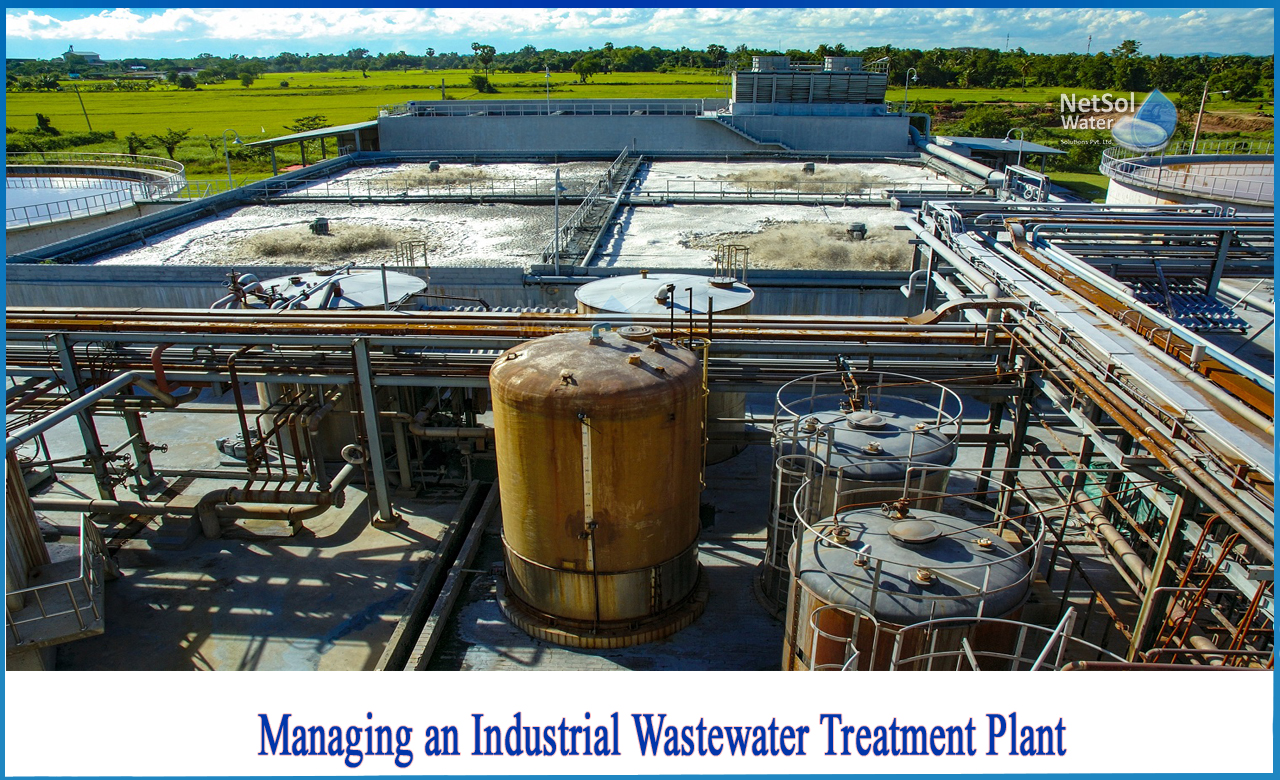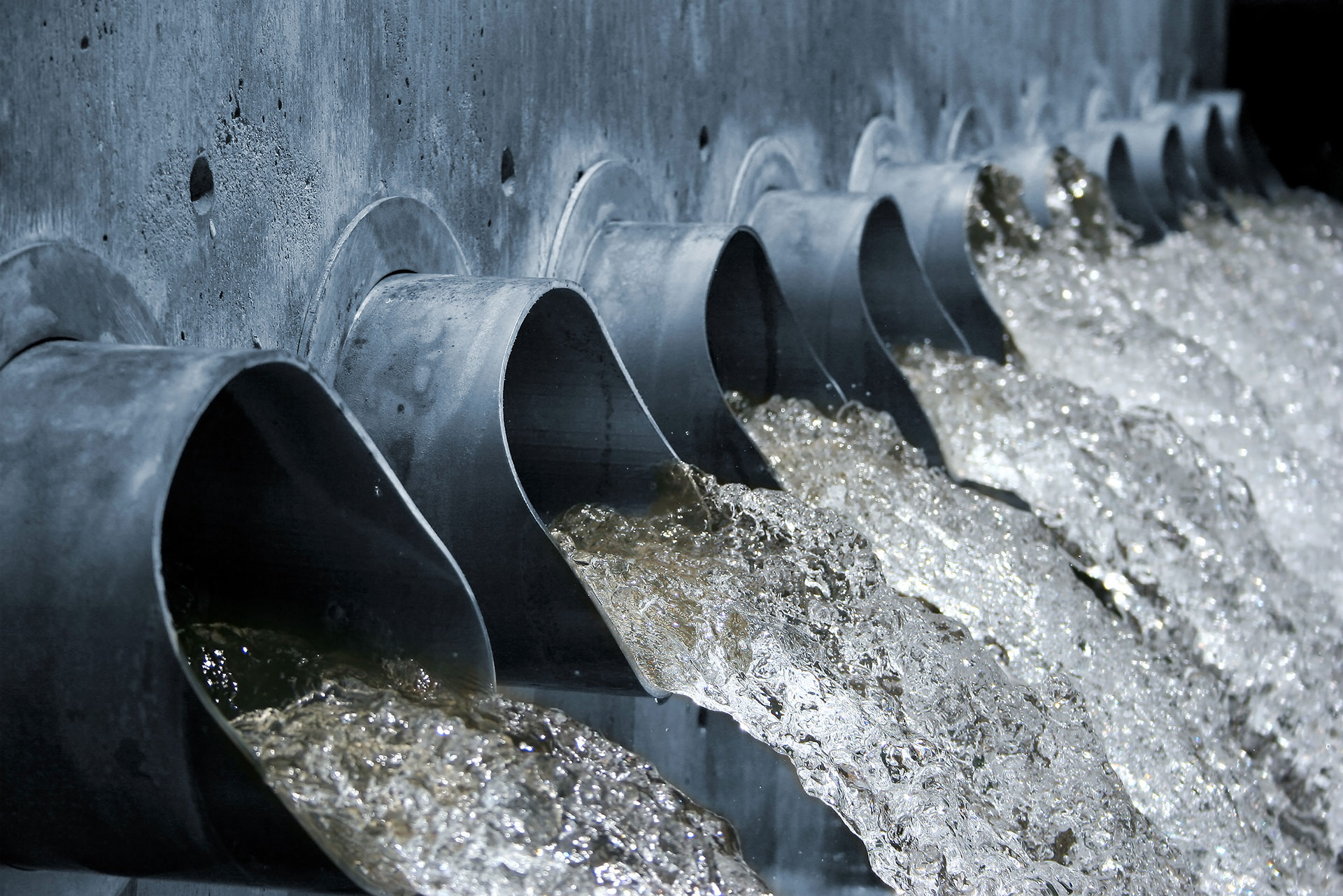Industrial Waste Water Treatment-- Advanced Solutions for Cleaner Effluents
Industrial Waste Water Treatment-- Advanced Solutions for Cleaner Effluents
Blog Article
Key Methods in Hazardous Waste Water Treatment Procedures
The therapy of industrial wastewater is a crucial element of environmental monitoring, including a series of techniques created to reduce the influence of pollutants. From the basic physical methods that separate solids to the innovative chemical and organic processes that target details contaminants, each strategy plays an important function in attaining water high quality standards. Developments in modern technologies such as membrane filtering and progressed oxidation procedures offer ingenious options for enhancing treatment efficiency. Understanding exactly how these approaches interconnect and their ramifications for sustainability elevates vital questions regarding the future of wastewater administration in sector.
Physical Therapy Techniques
Exactly how effectively can physical treatment methods address the complexities of commercial wastewater? Physical treatment approaches play a pivotal function in the preliminary phases of wastewater monitoring, concentrating mainly on the removal of solids and large particulates. Techniques such as sedimentation, flotation, and filtration are necessary for reducing the concentration of suspended solids, consequently boosting the efficiency of succeeding therapy processes.
Sedimentation entails the gravitational settling of solids, allowing for the separation of larger products from the wastewater. This method is especially effective in clarifying water prior to chemical or biological treatments.
In addition, flotation protection approaches, which use air bubbles to lift put on hold solids to the surface area for removal, are effective in treating wastewater with high focus of fats, oils, and greases. In general, physical therapy techniques work as a crucial initial step in the thorough monitoring of commercial wastewater, making certain that the tons on subsequent treatment phases is decreased and enhancing overall treatment efficiency.
Chemical Treatment Methods
While physical treatment approaches prepared for effective wastewater administration, chemical therapy methods are important for resolving the more complicated contaminants commonly located in industrial effluents. These approaches utilize different chemical representatives to speed up, neutralize, or oxidize unsafe substances, making sure a much more comprehensive elimination of toxins.
One usual technique is coagulation and flocculation, where chemical coagulants such as aluminum sulfate or ferric chloride are added to promote the aggregation of suspended particles. This process improves solid-liquid splitting up, lowering turbidity and improving water high quality. In addition, neutralization processes are utilized to adjust the pH of wastewater, utilizing bases or acids to counteract acidic or alkaline streams, specifically.
Oxidation-reduction responses play a vital role in degrading natural pollutants and virus. Chemical oxidants like ozone, chlorine, or hydrogen peroxide are utilized to break down complicated natural substances, making them less dangerous or more eco-friendly. Furthermore, advanced oxidation processes (AOPs) incorporate several oxidation strategies to improve pollutant removal effectiveness.
Organic Therapy Procedures
The efficiency of wastewater therapy is considerably improved by biological therapy processes, which harness the natural metabolic tasks of microorganisms to break down raw material and eliminate contaminants. Industrial Waste Water Treatment. These procedures mostly involve anaerobic and cardiovascular food digestion, each tailored for certain kinds of wastewater
Cardiovascular treatment procedures use oxygen to sustain microbial development, advertising the breakdown of organic contaminants right into co2 and water. Typical techniques include turned on sludge systems, where oygenation storage tanks promote the blending of wastewater with bacteria, and dripping filters, which motivate biofilm advancement on media surfaces.
On the other hand, anaerobic therapy procedures take place in the lack of oxygen, making use of anaerobic bacteria to decay natural matter, leading to biogas production, a renewable energy source. Anaerobic digesters are frequently used in commercial setups for this objective, successfully reducing the volume of sludge while creating important biogas.
The selection of a biological treatment technique depends upon wastewater characteristics, treatment goals, and regulative criteria. The assimilation of biological procedures in wastewater treatment not just enhances toxin removal performance however also promotes sustainability by reducing chemical use and supporting resource recuperation.
Advanced Oxidation Processes

Usual AOP techniques include Fenton's reagent, photocatalysis, and ozonation. Fenton's reagent, a mix of hydrogen peroxide and ferrous iron, militarizes the development of hydroxyl radicals, making it efficient for dealing with wastewater having phenolic substances and other stubborn substances. Ozonation utilizes ozone as a powerful oxidant, efficient in degrading a variety of natural pollutants while all at once decontaminating the effluent. Photocatalysis employs light-activated drivers, such Recommended Site as titanium dioxide, to enhance oxidation responses and remove impurities.
AOPs supply a number of advantages, including minimized sludge manufacturing and the capacity to deal with wastewater with high concentrations of organic contaminants. The execution of AOPs needs cautious factor to consider of functional parameters and cost-effectiveness, guaranteeing that these innovative methods are properly integrated into existing wastewater treatment systems.
Membrane Layer Purification Technologies

Microfiltration is reliable for getting rid of put on hold germs and solids, while ultrafiltration targets smaller organic particles and infections. Nanofiltration bridges the void in between ultrafiltration and reverse osmosis, successfully eliminating organic substances and divalent ions. Reverse osmosis supplies the greatest level of purification, used mainly for desalination and eliminating mono-valent ions.
Membrane modern technologies supply countless advantages, consisting of low energy consumption compared to traditional therapy approaches, modular style for scalability, and the capacity for water recuperation and reuse. Nevertheless, difficulties such as membrane fouling and the demand for routine maintenance should be resolved to make sure system efficiency. On the whole, membrane layer purification technologies stand for an important component of contemporary industrial wastewater therapy techniques, advertising sustainability and resource conservation in water management.
Conclusion
To conclude, commercial wastewater treatment uses a varied variety of strategies, including physical, chemical, organic, and progressed techniques. Each approach plays a crucial function in efficiently attending to different pollutants, boosting water quality, and promoting resource sustainability. The combination of these techniques promotes a comprehensive treatment approach, ensuring that industrial effluents meet regulatory requirements while minimizing ecological effect. Proceeded improvements in these approaches will certainly additionally enhance the performance and effectiveness of wastewater treatment procedures in commercial setups.
The therapy of commercial wastewater is an essential element of ecological monitoring, involving a range of methods made to reduce the influence of contaminants.How successfully can physical treatment methods deal with the intricacies of commercial wastewater?Advanced oxidation procedures (AOPs) stand for an advanced strategy in industrial wastewater therapy, designed to effectively weaken organic toxins that are often resistant to standard therapy techniques (Industrial Waste Water Treatment).In final thought, commercial wastewater treatment uses a diverse selection of methods, including physical, chemical, organic, and advanced methods. Continued see here now innovations in these methods will better improve the performance and performance of wastewater treatment procedures in industrial setups
Report this page